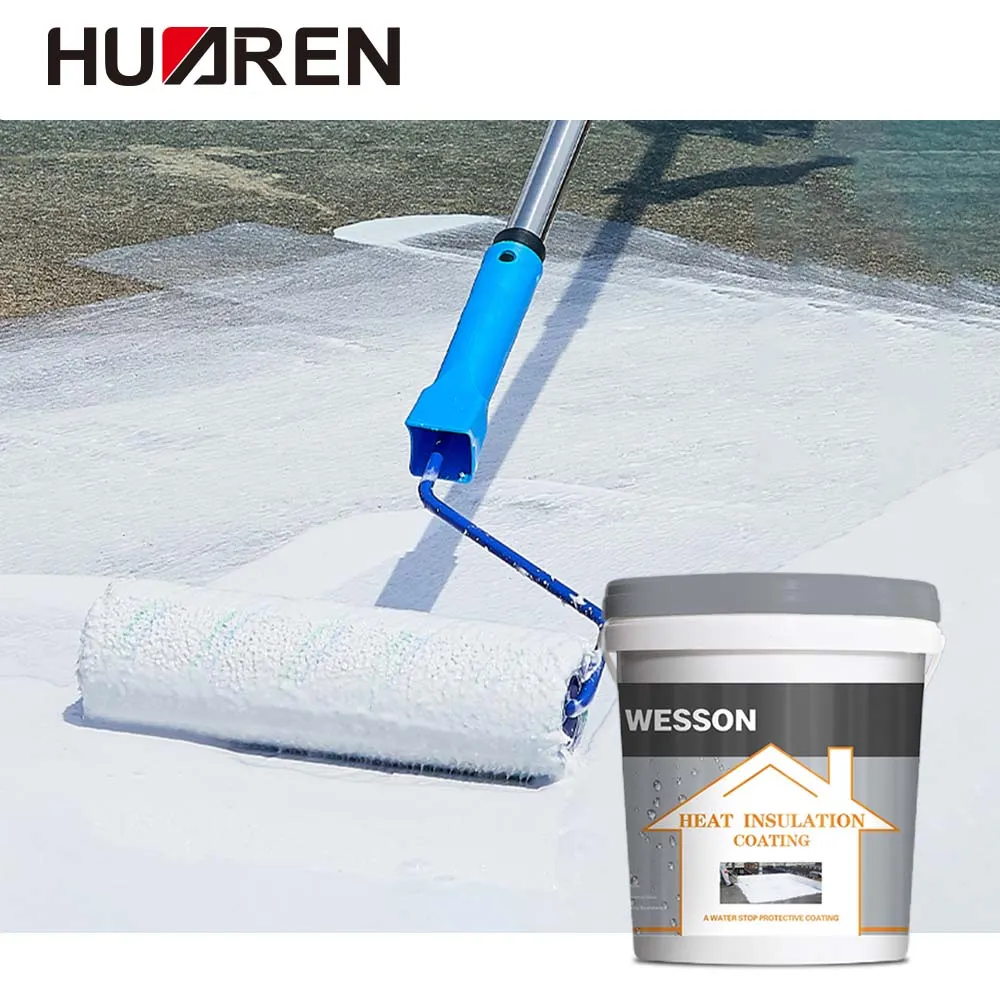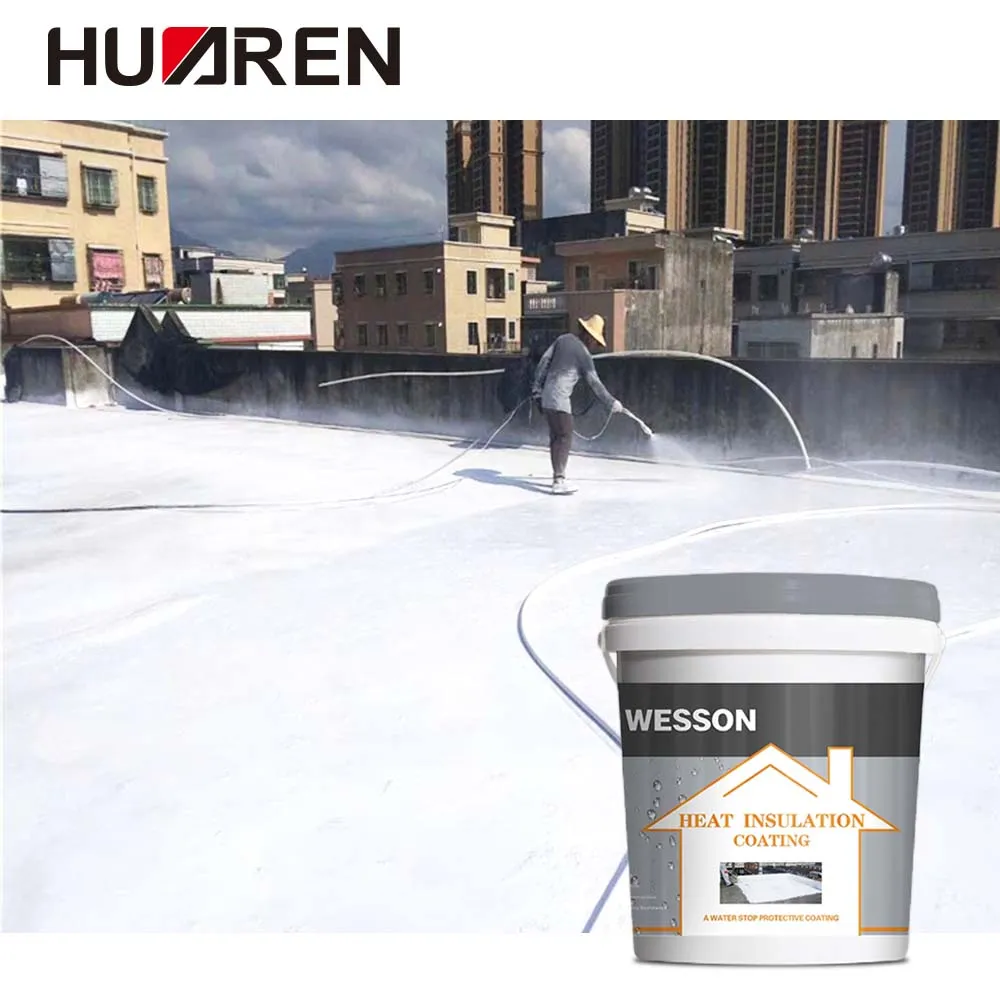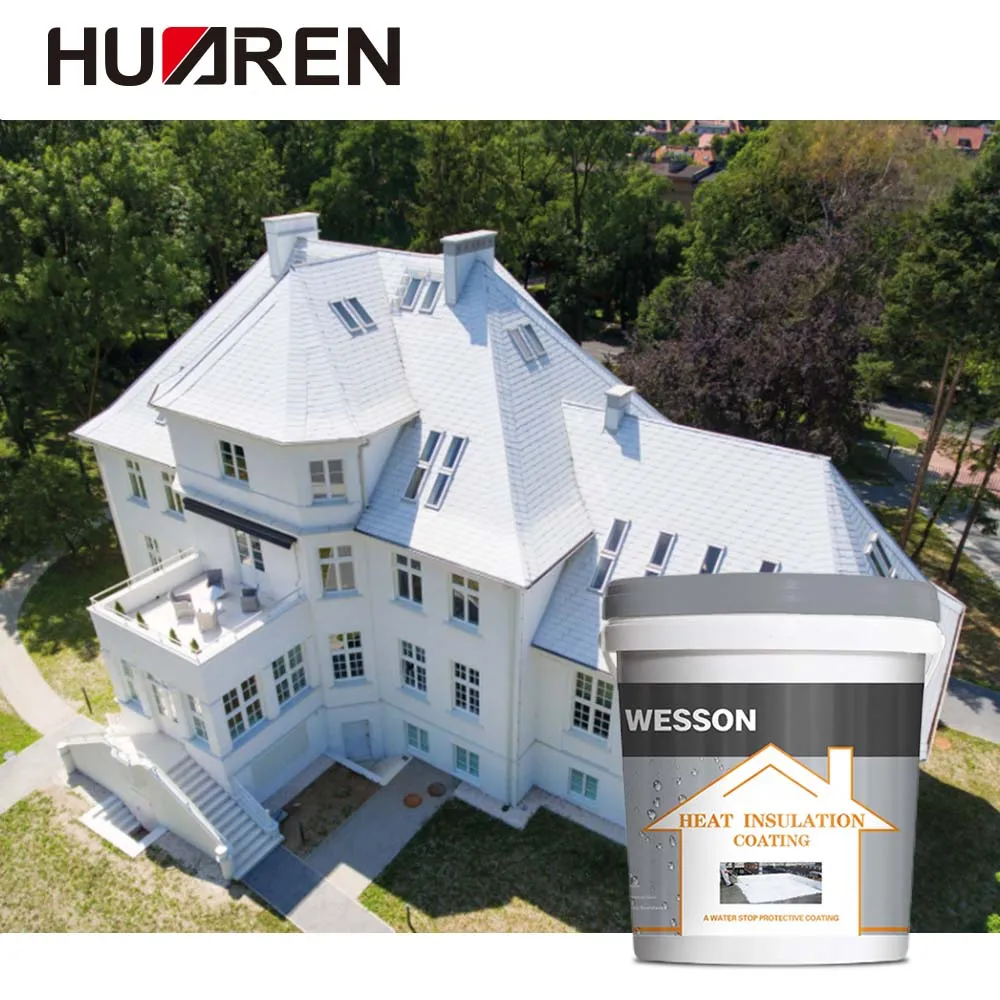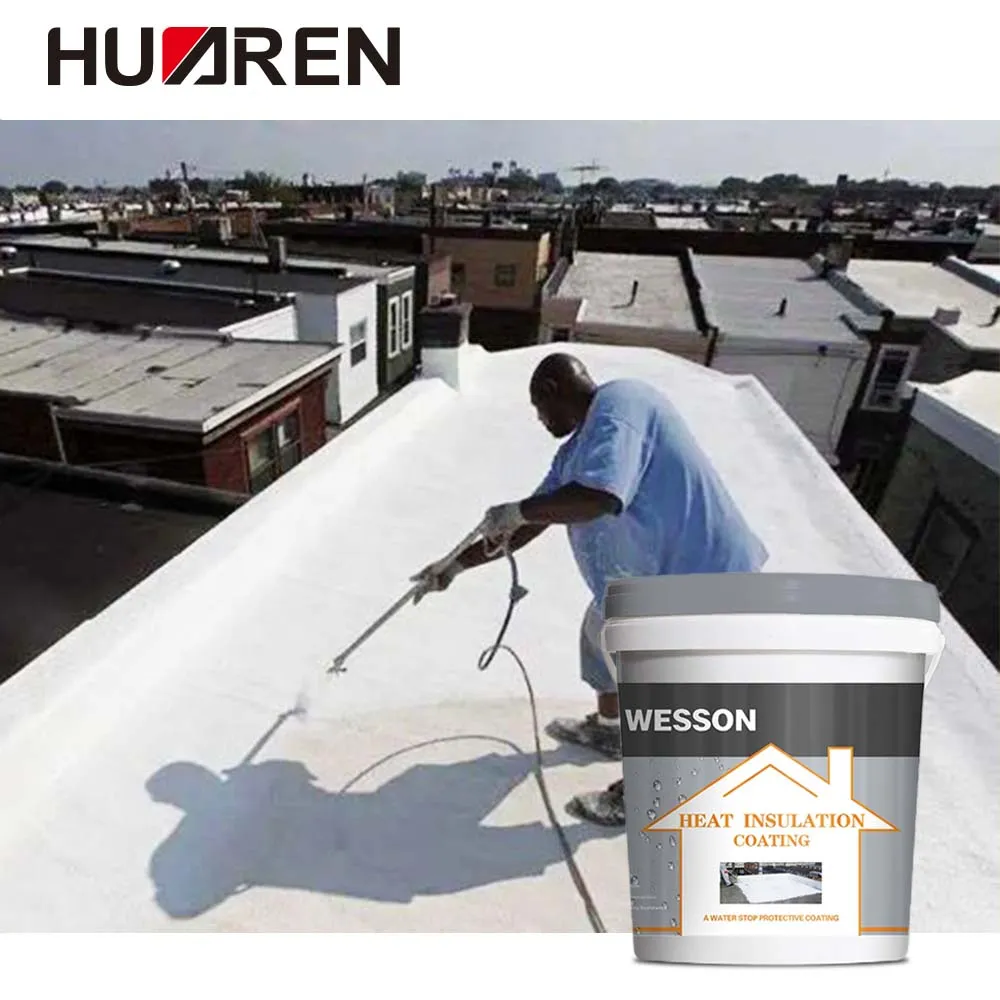Waterproofing is a vital part of construction projects. Whether it is the roof, basement, or bathroom and other areas with heavy humidity, the effectiveness of the waterproof layer is directly related to the durability of the building and the comfort of living. Among the many waterproof materials, polyurethane waterproof paint has become a commonly used waterproof material in modern buildings due to its excellent performance and wide application scenarios.
So, how many layers of polyurethane waterproof paint are needed in waterproof construction? Is primer required during construction? This article will analyze these issues in detail.

What are the characteristics of polyurethane waterproof paint?
Polyurethane waterproof paint is a highly efficient liquid waterproof material that can form a continuous seamless waterproof membrane on the base surface. Due to its excellent elasticity, durability, UV resistance and corrosion resistance, polyurethane coatings are widely used in many parts of buildings, including roofs, basements, bathrooms, balconies, kitchens, etc. It is not only suitable for new construction projects, but also suitable for waterproof maintenance of old buildings.
Compared with traditional roll waterproof materials, polyurethane waterproof paint has obvious construction convenience and longer service life. Its liquid nature allows it to fit tightly to various complex base surfaces during construction, forming a dense coating that effectively prevents water penetration. In addition, the high elasticity of polyurethane coatings can adapt to slight deformations of the substrate without cracking or falling off, ensuring that the waterproof layer maintains integrity during long-term use.
How many layers of polyurethane paint are needed for waterproofing?
The waterproof effect of polyurethane waterproof paint is closely related to the number of layers applied. In building construction, it is usually recommended to apply 2 to 3 layers of polyurethane waterproof paint to ensure that the coating thickness is uniform and dense to achieve the best waterproof effect. So, why is it necessary to apply multiple layers? Here are some reasons:
1. Ensure uniform thickness of the waterproof layer
When applying a single layer, it is difficult to ensure that the thickness of the coating is completely uniform. During the construction process, the coating may be thinner in some areas and thicker in other areas due to different operating methods of brushing, rolling or spraying. If the coating thickness is uneven, weak areas may not be able to effectively prevent water penetration, thus affecting the overall waterproof effect. By applying multiple layers, the coating thickness can be ensured to be uniform and local weak points can be avoided.
2. Enhance the toughness and durability of the waterproof membrane
Each time a layer of polyurethane waterproof paint is applied, a waterproof membrane will be formed on the base surface. Multi-layer application helps to improve the overall strength and toughness of the waterproof layer, especially when facing the thermal expansion and contraction of the substrate caused by temperature changes, the waterproof layer can better adapt to this stress change without cracking. In addition, multi-layer coatings can better resist mechanical wear and erosion from the external environment, extending the service life of the waterproof layer.
3. Increase the water pressure resistance of the waterproof layer
For basements, swimming pools or other areas that are in contact with water for a long time, the waterproof layer needs to have a higher water pressure resistance. By applying polyurethane waterproof paint in multiple layers, the water pressure resistance of the waterproof layer can be significantly improved, ensuring that it can still maintain excellent waterproofing effect under the action of long-term water pressure.
4. Improve the reliability of construction
During the construction process, human operation errors or uneven substrate surfaces are inevitable. When applying a single layer, once problems such as missing brushing or insufficient coating thickness occur, the overall performance of the waterproof layer will be directly affected. By applying multiple layers, even if there are local defects in the first layer, the subsequent coatings can play a role in supplementing and covering, ensuring the integrity and reliability of the entire waterproof layer.
Therefore, applying 2 to 3 layers of polyurethane waterproof paint is a common practice to ensure the waterproof effect. However, the specific number of layers to be applied should also be determined according to the specific requirements of the construction environment and the construction guidance provided by the paint manufacturer. For example, some high-demand underground projects may require 3 layers or even more to ensure that the required waterproof standards are met.

Does polyurethane waterproof paint require primer?
When discussing the construction of polyurethane waterproof paint, many people will ask, is primer required before painting? The answer is yes, in most cases, primer is required for the construction of polyurethane waterproof paint. The role of primer is very important. It can not only improve the adhesion of the paint, but also ensure the close bonding between the waterproof layer and the substrate.
The role of primer:
1. Improve adhesion: Although polyurethane paint has strong adhesion to the substrate, directly applying polyurethane paint on some smooth or highly absorbent substrates may result in poor adhesion, which in turn affects the waterproof effect. Primer can enhance the bonding force between the paint and the substrate, ensuring that the waterproof layer is firmly bonded to the substrate.
2. Seal the pores of the substrate: There are often a large number of tiny pores and cracks on the surface of building substrates such as concrete and mortar. If the waterproof coating is applied directly, these pores may absorb the coating, resulting in uneven coating thickness or failure to completely cover the surface of the substrate. Primer can effectively seal the pores of the substrate so that the coating can be evenly distributed on the surface of the substrate.
3. Prevent coating penetration: On some porous or highly absorbent substrates, polyurethane coatings may over-penetrate, affecting the overall thickness and performance of the waterproof layer. Primer can form a closed film on the surface of the substrate to prevent the penetration of the coating, thereby ensuring that each layer of coating can maintain the proper thickness and waterproof effect.

When is primer needed?
The use of primer mainly depends on the type of substrate and construction requirements. Primer is usually required in the following situations:
● The substrate is highly absorbent: If the substrate to be constructed is concrete, mortar or other highly absorbent materials, primer can seal the surface of the substrate to prevent the polyurethane coating from being absorbed.
● Smooth substrate surface: Polyurethane paint may be difficult to adhere to smooth substrates such as steel plates, glass, and tiles. Primer can increase the roughness of the surface and improve the adhesion of the paint.
● Repair of old walls: When repairing the waterproofing of old buildings, especially those substrates that have been painted with waterproof materials many times, the use of primer can help the new paint to better combine with the old waterproof layer and enhance the adhesion of the waterproof layer.
What are the steps for using primer in construction?
Before applying polyurethane waterproof paint, using primer is a necessary step. The usual construction process is as follows:
1. Substrate surface treatment: First, make sure the surface of the substrate is clean and flat. Remove dust, oil and other debris, and polish if necessary to ensure that there are no protruding particles and cracks on the substrate.
2. Apply primer: Choose the appropriate primer according to the type of substrate. Apply the primer evenly on the surface of the substrate, be careful not to miss any corners when applying, and ensure that the primer fully covers the entire substrate.
3. Wait for the primer to dry: After the primer is applied, it must be waited for to dry, which usually takes several hours to a day, depending on the type of primer and the temperature and humidity of the construction environment.
4. Apply polyurethane waterproof paint: After the primer is completely dry, you can start applying polyurethane waterproof paint. After the first layer is applied, wait for it to dry before applying the second layer, and the third layer can be applied if necessary.

What are the common problems in the construction of polyurethane waterproof paint?
In actual construction, in addition to the problems of primer and the number of layers applied, construction workers may also encounter some other common problems. The following are some common construction problems and their solutions:
1. Blistering of the coating film
Blistering of the coating film is one of the most common problems when applying polyurethane waterproof paint, which is usually caused by excessive humidity on the substrate or too low construction temperature. When the paint is applied to the surface of the substrate, the moisture in the substrate will form bubbles in the coating film.
Solutions:
● Check the humidity of the substrate before construction to ensure that the substrate is dry.
● Avoid construction in low temperature or humid weather conditions. The optimal construction temperature is usually between 10°C and 30°C.
● If bubbles have appeared, gently scrape off the bubbled part after the coating film is dry and reapply a layer of polyurethane paint.
2. Cracked coating
Cracked coating usually occurs after the polyurethane waterproof paint dries. It may be due to uneven coating thickness, excessive ambient temperature changes or insufficient adhesion of the primer.
Solution:
● When applying polyurethane waterproof paint, pay attention to the coating thickness. It is recommended to use two to three layers of brushing to ensure the uniformity of the film.
● Choose a suitable primer to ensure its compatibility with polyurethane paint and improve overall adhesion.
● In the case of large changes in ambient temperature, try to avoid construction in an environment with large temperature differences.
3. Peeling off or peeling off
The peeling off or peeling off of polyurethane waterproof paint is often caused by improper application of primer or inadequate surface treatment of the substrate.
Solution:
● Before construction, ensure that the substrate surface is clean, dry, and properly treated, such as sanding and cleaning.
● Ensure uniform coating of primer to avoid missing coating.
4. Uneven color
After painting, the color of the coating may be uneven, which is usually caused by insufficient mixing of the paint or improper painting technique.
Solution:
● Before applying polyurethane paint, ensure that the paint is fully stirred to achieve uniform color.
● When painting, use the cross-brush method to help evenly distribute the paint.
For global buyers sourcing affordable and high-quality industrial coatings, Huaren Chemical Industry Co., Ltd. stands as one of China’s most experienced factories. Our company operates 30 production lines with over 20,000 tons of annual output capacity, ready for bulk orders and international shipping. We supply epoxy, acrylic, waterproof paint, and other coatings at low prices and welcome customization. Our services include fast quotes, OEM branding, and promotional discounts.

